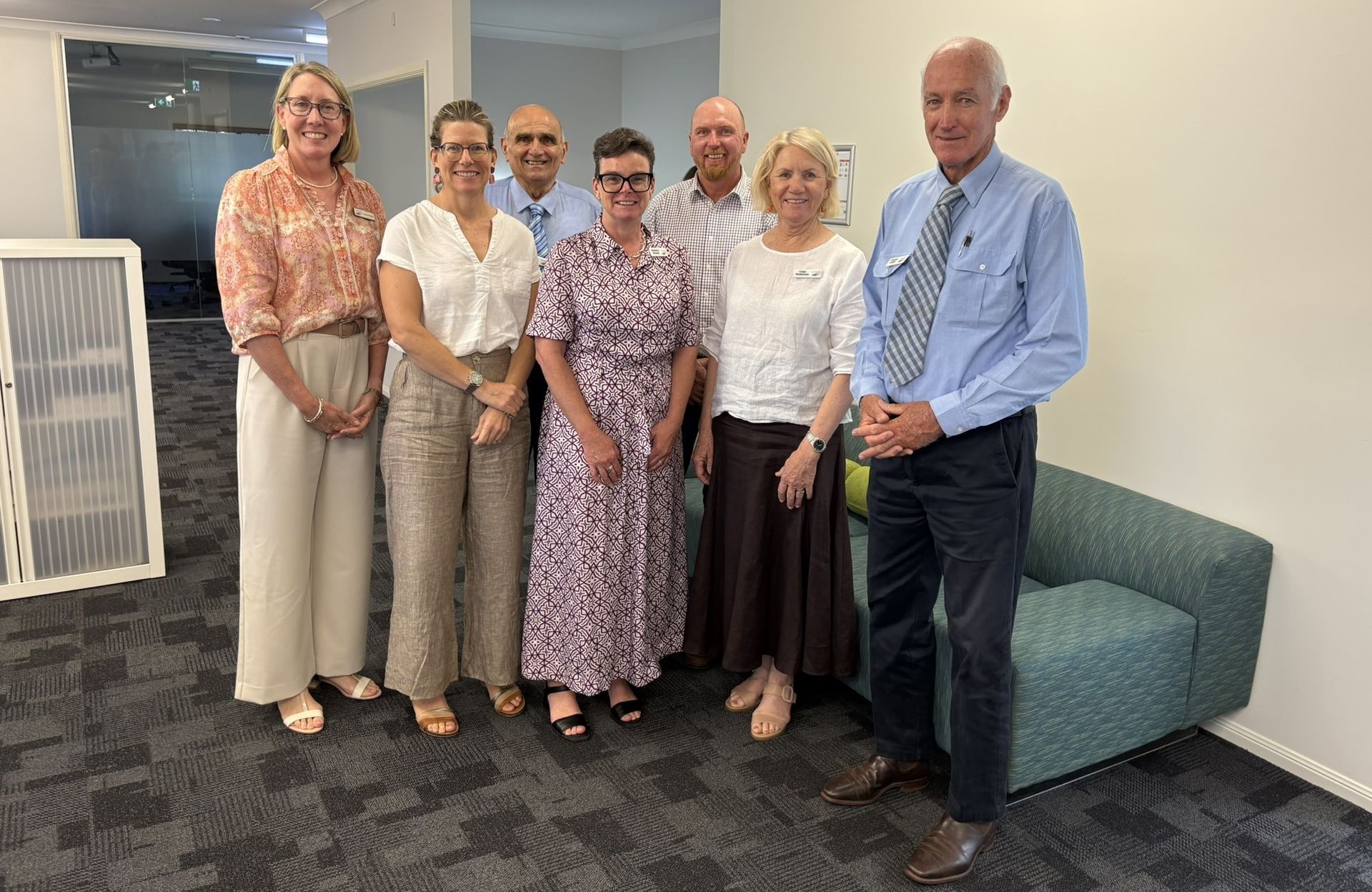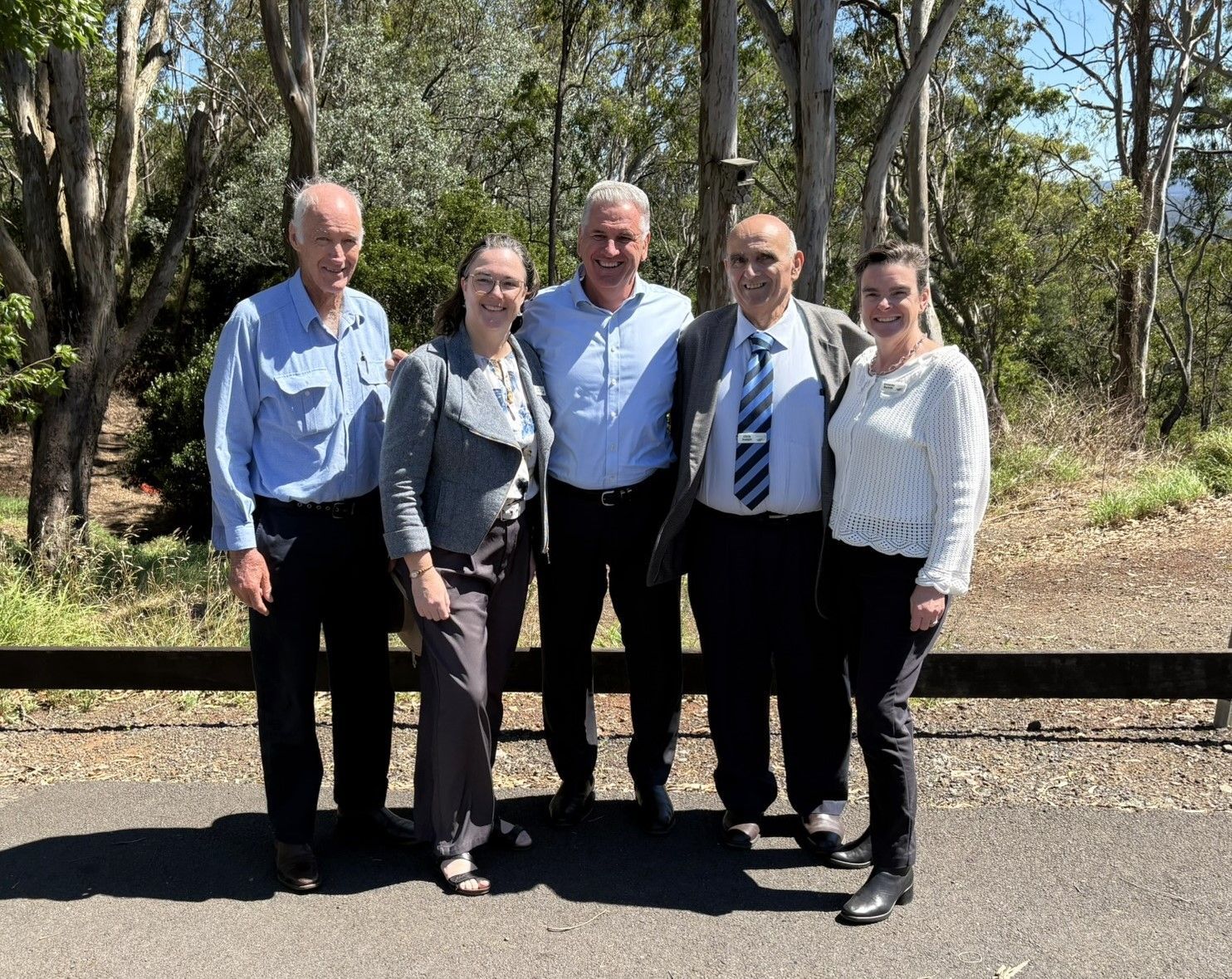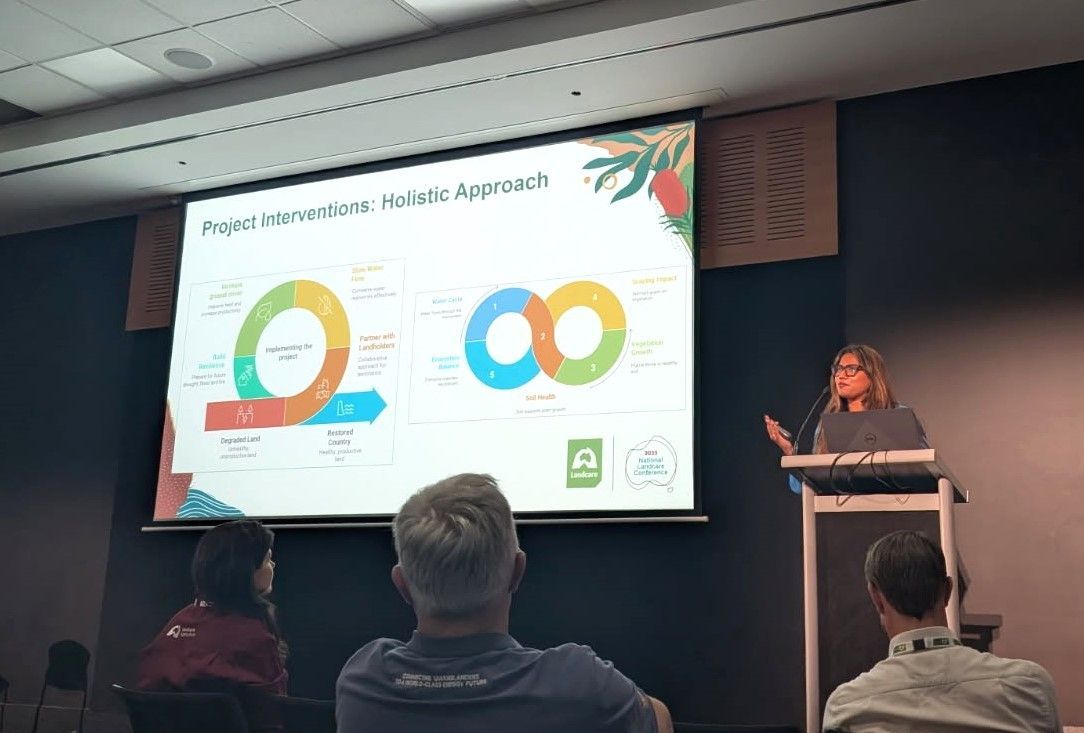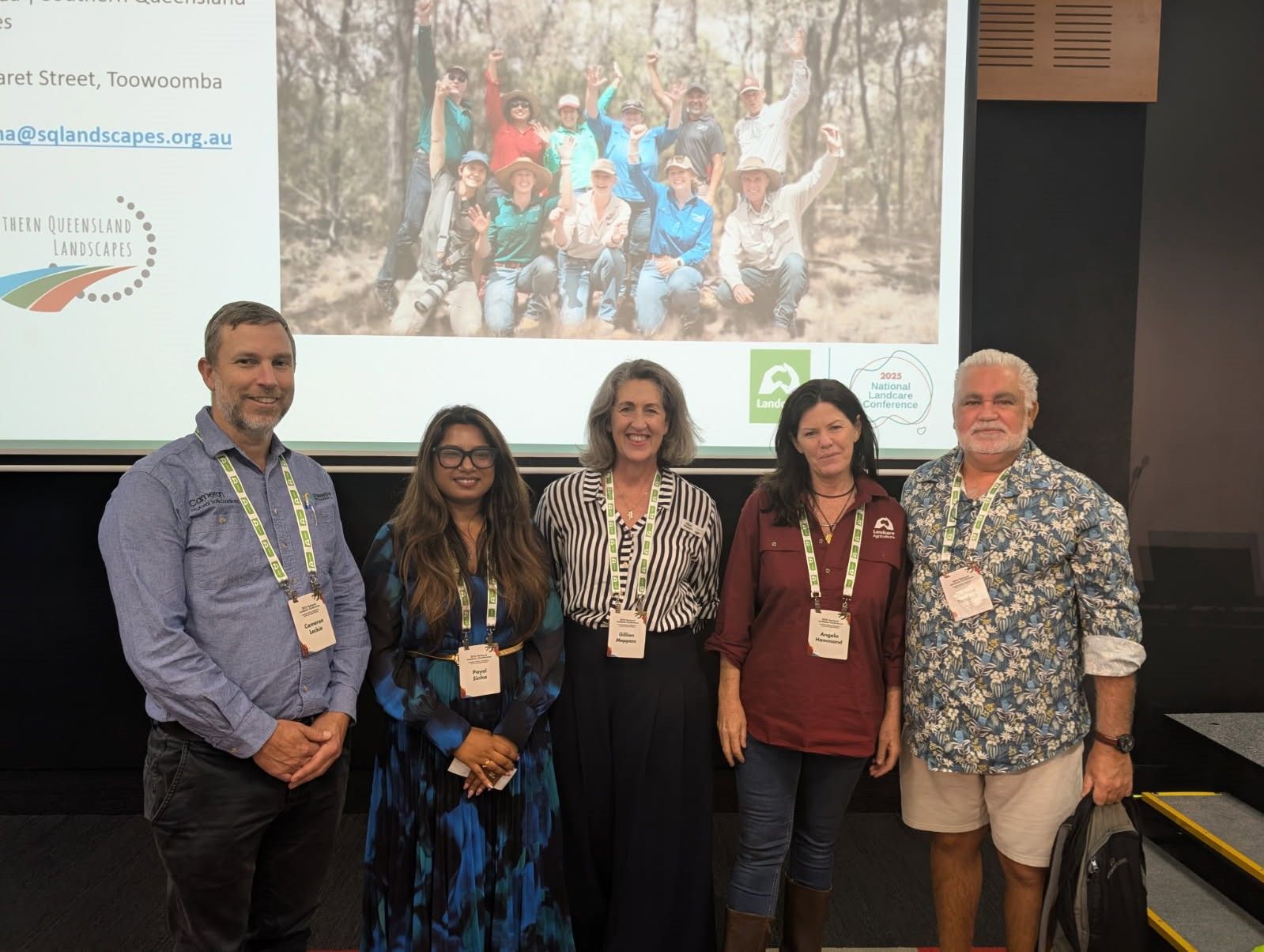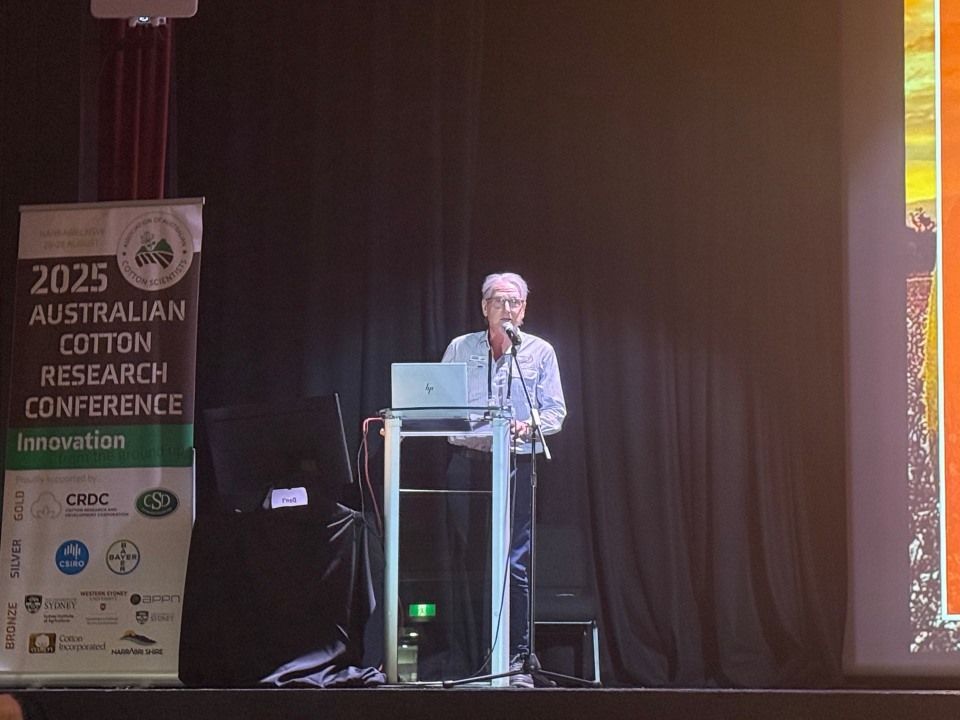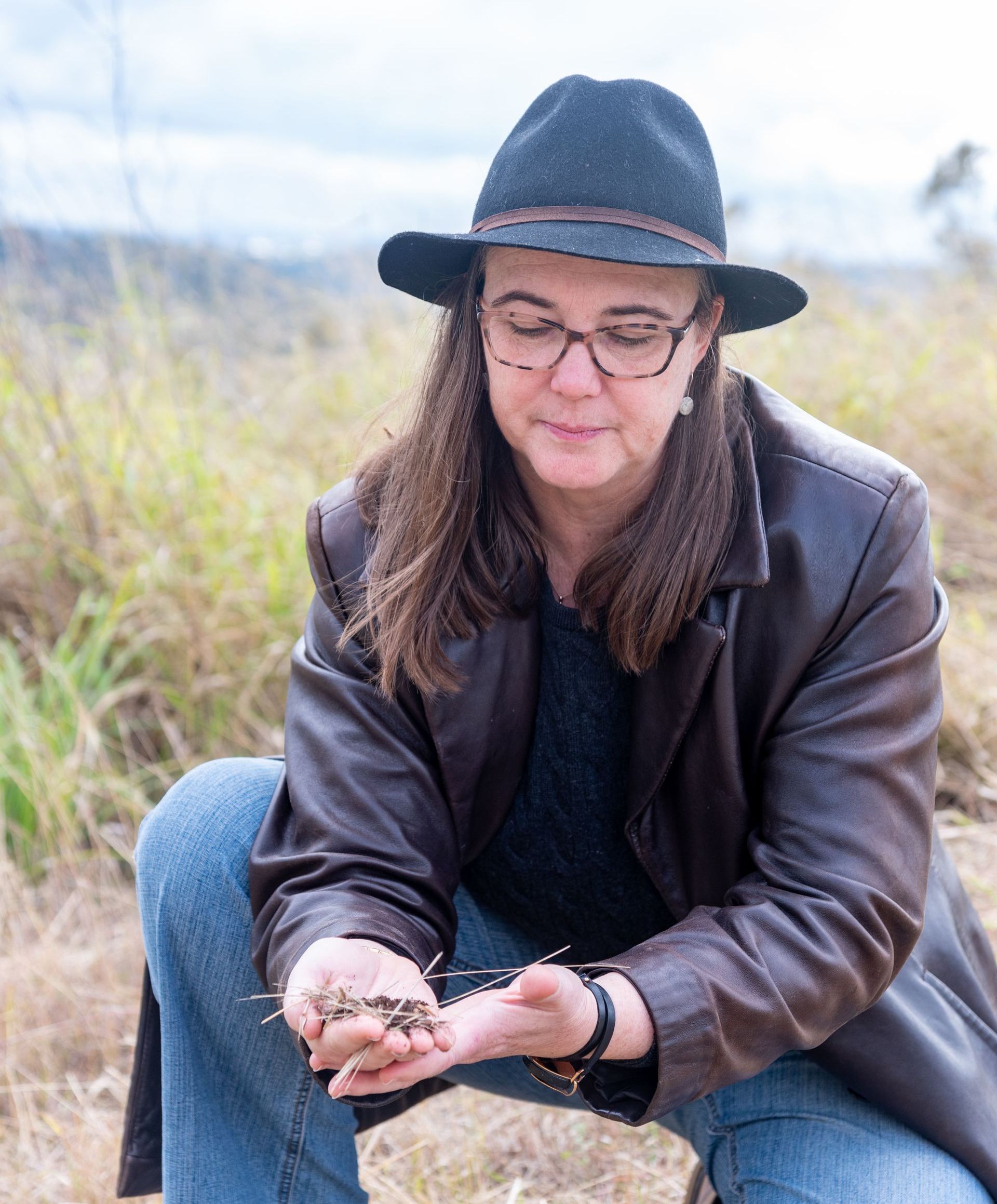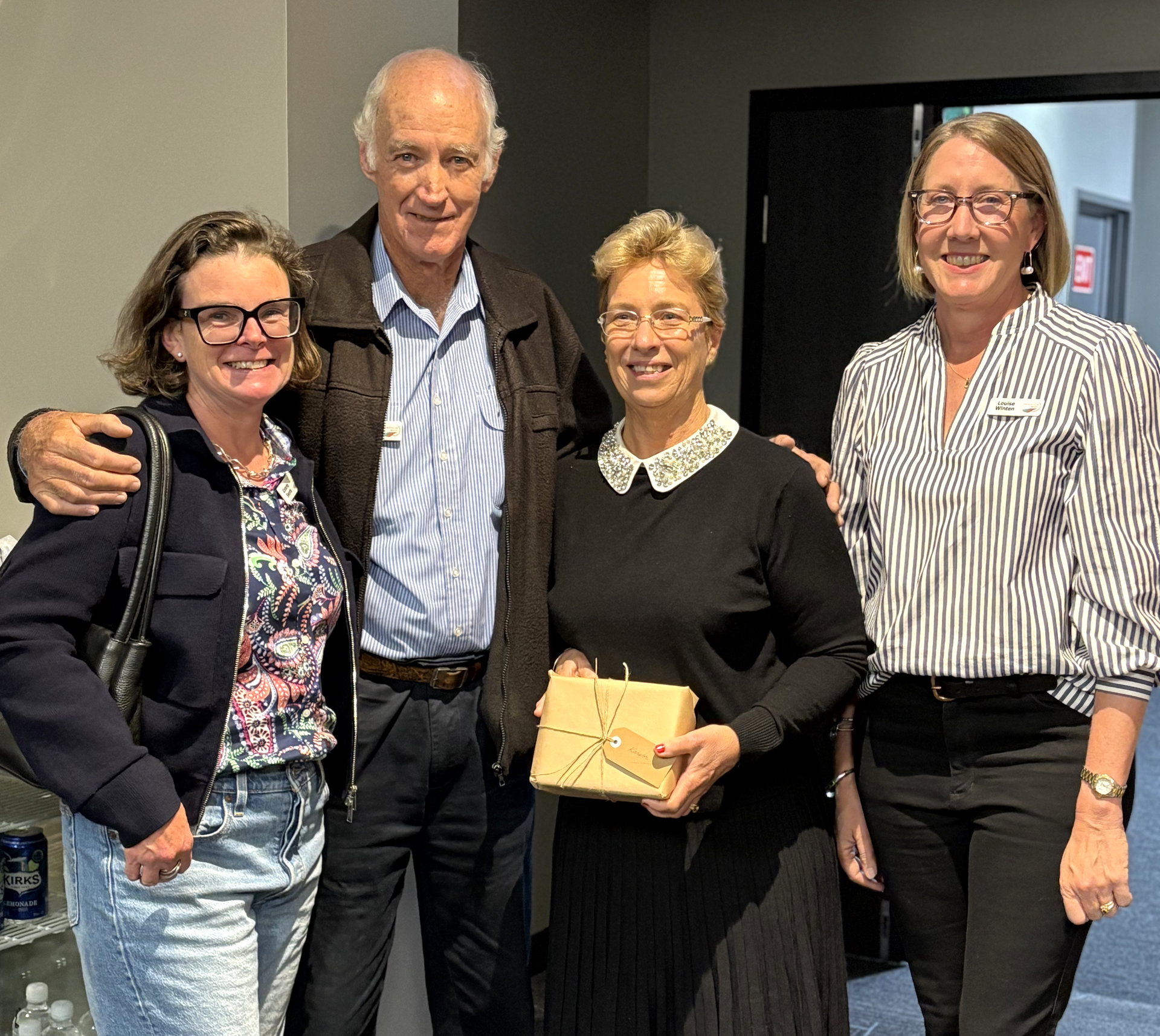A native butterfly species may be on the brink of extinction, but this community in Southern Queensland won’t go down without a fight.
Local community organisation Macintyre Ag Alliance is hosting its second Bulloak field day and planting event to raise awareness of the plight facing a little-known native insect; the bulloak jewel butterfly (Hypochrysops piceatus).
Held near Goondiwindi, Queensland, the upcoming field day aims to promote the protection of the bulloak jewel butterfly, a highly endangered species found in small pockets across the Goondiwindi region.
“The butterfly has only been spotted in the last 20 years at a very small road site at Leyburn and at a state forest and national park north of Goondiwindi,” Louise Carroll said.
“So it’s vital that we involve the community to protect the butterfly and part of that includes running community events like this field day to raise awareness of the butterfly’s plight,” Mrs Carroll said.
“This project involves land managers who are on the properties directly bordering the habitat and we hope by planting more trees and caring for this environment, we can create stepping stones of habitat to increase the butterfly's spread,” she said.
“Unfortunately, opportunities to extend and improve the habitat are only available on public land, which means community investment and interest, including land manager involvement, is essential for the butterfly’s survival which is why our project is so important.”
The initiative is part of a broader effort to protect the environment in the Goondiwindi region, which is home to a diverse range of flora and fauna. Through initiatives like this, the community is working together to protect the environment for future generations while learning about the rich cultural heritage of the area.
Mrs Carroll hopes that by coming together to plant trees and learn about indigenous knowledge, locals can help protect the Bulloak tree and the bulloak jewel butterfly, ensuring their survival in the Goondiwindi region.
“We got a community sustainability action grant from the Queensland Government three years ago for the rehabilitation of private land for the Bulloak butterfly,” Louise Carroll said.
“Additionally, we’re very fortunate to have a variety of experts speaking at this event, including Dr Viv Perry and Yinarr-Ma woman Kerrie Saunders, who will discuss First Peoples’ knowledge and bush tucker in the area,'' Mrs Carroll said.
“Last year, we had a strong showing from the Goondiwindi community which included local schools, biology students, local organisers, and government employees from a variety of levels including at the federal level,” she said.
“We’re always interested in involving schools and hope to increase community investment and interest in the survival of the butterfly so we can continue on the successes from last year to really bring some positive change to the critically endangered bulloak jewel butterfly.”
The Bulloak tree (Allocasuarina luehmannii), which is vital to the survival of the bulloak jewel butterfly, is a keystone species in the Goondiwindi region, providing habitat for various flora and fauna while preventing soil erosion with its deep root system.
However, the species has been threatened by various factors, such as land clearing, grazing, and climate change; which has dramatically impacted the butterfly’s survival.
But it’s not just butterflies these efforts will help save, with even koalas reaping the rewards of this project.
“What’s really exciting is that local land managers have also spotted koala tracks in this same region, so it really demonstrates the importance of protecting this land not just for butterflies, but also for other native animals that may be at risk; which include koalas and black cockatoos,” Louise Carroll said.
“At the event we will be hosting Aboriginal Ranger Malcolm Brown to discuss koala tracking and to highlight how we can make these sites more koala-friendly such as installing canopy ladders, watering points, and more,” Mrs Carroll said.
“And this has a cascading effect by providing a stronger habitat for other animals too which really highlights why conservation is so important; what goes to help one species can sometimes help a bunch more,” she said.
“These efforts are only possible through community involvement. Despite experiencing long dry, hot summers, the local land managers have been watering the planted trees to keep them alive and with more community awareness, we can spread these efforts to other similarly-affected regions. This is just one example of how community involvement can transform habitats for the better.”
“Last year, the land managers planted a lot of trees at Dunworrie; a few have died, so we’re replanting them and also extending the spread of these native trees.”
“This is a long-term investment by the community to ensure that the butterfly has protected habitat for years to come.”
The event is organised by Macintyre Ag Alliance and will take place on March 23rd from 9:00 am to 11:30 am at "Dunworrie", Tenomby Road. Attendees will have the opportunity to learn about the importance of the Bulloak tree, Brigalow communities and the butterfly to the local ecosystem and participate in tree planting to help protect the species.
The event has received funding support from the Queensland Government's Community Sustainability Action Grant Program and the Goondiwindi Regional Council, and Southern Queensland Landscapes is supporting it through funding from the Australian Government's National Landcare Program.
